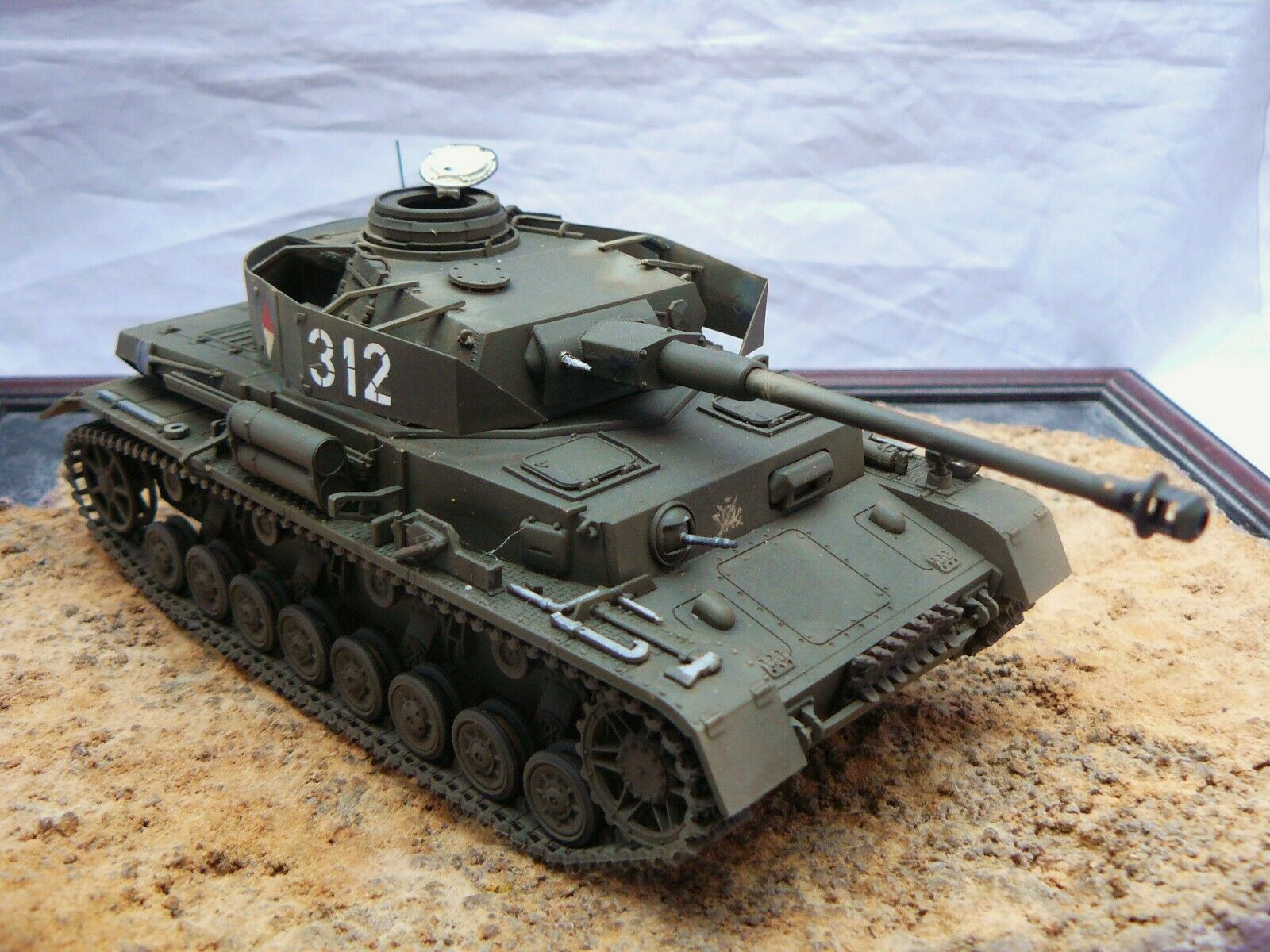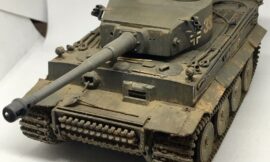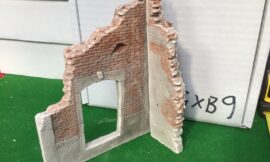The Panzer IV: A Pillar of the German Armored Forces
The Panzerkampfwagen IV, commonly known as the Panzer IV, was one of the most significant and versatile tanks used by Nazi Germany during World War II. Designed in the late 1930s and continuously upgraded throughout the war, the Panzer IV played a critical role on multiple fronts and became the backbone of the German armored forces.
Development and Early Models
The development of the Panzer IV began in 1936 under the direction of Krupp, a major German armaments manufacturer. Initially, the Panzer IV was intended as an infantry support tank, complementing the lighter Panzer III, which was designed to engage enemy armor. The first production model, the Panzer IV Ausf. A, entered service in 1937. It was armed with a short-barreled 75mm KwK 37 L/24 gun, which was effective against infantry and light fortifications but struggled against heavier tanks.
Early models of the Panzer IV, such as the Ausf. A, B, and C, saw limited action during the early stages of World War II, including the invasion of Poland and the Battle of France. These early versions were lightly armored and underpowered compared to later models, but they provided valuable insights that would influence subsequent upgrades.
Evolution and Upgrades
As the war progressed, it became clear that the Panzer IV needed significant improvements to keep pace with Allied advancements in armor and firepower. The Panzer IV Ausf. F2, introduced in 1942, marked a significant upgrade with the addition of the long-barreled 75mm KwK 40 L/43 gun. This new gun significantly enhanced the tank’s anti-tank capabilities, allowing it to effectively engage and destroy Allied armor at greater ranges.
The Ausf. G and later models further improved the Panzer IV’s combat effectiveness. These versions featured thicker frontal armor, increasing from 50mm to 80mm, and further enhancements to the long-barreled 75mm gun, extending it to the L/48 variant. These changes made the Panzer IV a formidable opponent on the battlefield, capable of holding its own against more advanced Allied tanks such as the Soviet T-34 and the American M4 Sherman.
Combat Performance
The Panzer IV was deployed in almost every major theater of World War II, from the deserts of North Africa to the forests of the Eastern Front and the urban environments of Western Europe. Its versatility and adaptability were key factors in its widespread use.
In North Africa, the Panzer IV played a crucial role in the Afrika Korps under the command of Field Marshal Erwin Rommel. The tank’s firepower and mobility were instrumental in several key battles, including the Battle of Gazala and the First and Second Battles of El Alamein.
On the Eastern Front, the Panzer IV faced the formidable Soviet T-34, which initially outclassed German armor. However, with the introduction of upgraded models equipped with the longer 75mm gun, the Panzer IV could effectively counter the T-34 and other Soviet tanks. Despite the harsh conditions and overwhelming numbers, the Panzer IV’s reliability and firepower contributed significantly to German defensive and offensive operations.
In Western Europe, the Panzer IV continued to serve as the workhorse of the German Panzer divisions. It participated in key battles such as the Normandy Invasion, the Battle of the Bulge, and the defense of the Reich. Despite being outnumbered and facing increasingly superior Allied technology, the Panzer IV remained a critical component of German armored forces until the end of the war.
Legacy
The Panzer IV’s impact extended beyond World War II. After the war, many surviving Panzer IVs were used by various nations, including Syria, which deployed them during the 1948 Arab-Israeli War and the Six-Day War in 1967. The tank’s design and technological advancements influenced post-war tank development and served as a benchmark for future armored vehicle designs.
In summary, the Panzer IV was a cornerstone of German armored forces during World War II, distinguished by its versatility, continuous upgrades, and significant combat contributions. Despite facing increasingly advanced enemy armor and technology, the Panzer IV proved to be a resilient and formidable weapon, leaving a lasting legacy in the history of armored warfare.















